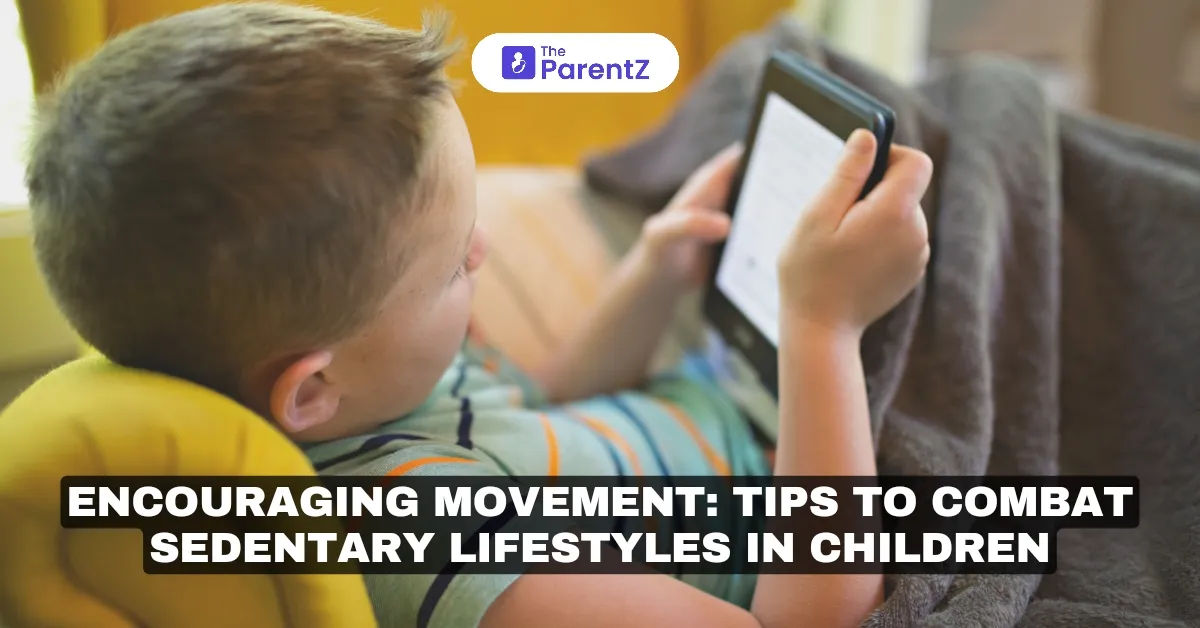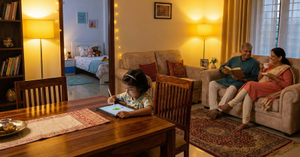Sedentary behavior includes activities that result in little to no movement, such as sitting or lying down while awake. This includes time spent watching TV, playing video games, or even sitting in classrooms for extended periods.
As a parent, you've probably noticed how much time kids spend sitting these days—whether it's for school, homework, video games, or watching videos. While some sitting is normal, too much sedentary behavior can affect your child's health, development, and even mood. Let's explore some practical strategies to get your kids moving more throughout the day.
Understanding Sedentary Behavior in Modern Kids
Before we jump into solutions, let's be clear about what we're dealing with. Sedentary behavior isn't just about lacking exercise - it's specifically about sitting or lying down for extended periods while awake. Today's kids often spend 7-8 hours sitting at school, followed by homework time, and then recreational screen time. This can add up to 10+ hours of sitting daily!
The World Health Organization (WHO) recommends that children (aged 5-17) should participate in at least 60 minutes of moderate to vigorous physical activity daily. However, many kids fall short of this guideline due to increased screen time and a lack of opportunities for movement.
Start with Morning Routines
The morning sets the tone for the entire day. Instead of rushing through a seated breakfast and straight to the car, try these morning movement boosters:
- Have your kids help with breakfast prep by reaching for ingredients, stirring, and setting the table
- Create a 5-minute morning stretch routine you do together - make it fun with animal poses for younger kids
- Walk to the bus stand instead of driving, or park further from school if you drive
- Play "morning missions" where kids have to hop, skip, or dance between tasks like brushing teeth and getting dressed
Make School Hours Less Sedentary
Talk to your child's teacher about incorporating these movement opportunities:
- Standing desks or wobble stools for kids who focus better on movement
- "Brain breaks" between subjects where kids do quick exercises
- Active learning activities where kids move around the classroom
- Permission to use fidget tools that promote movement without disrupting class
After-School Movement Strategies
This is where you have the most control over your child's activity levels:
- Create an "active entrance" rule - when kids come home, they spend 15-30 minutes doing something physical before starting homework
- Set up movement stations around the house for homework breaks - like a mini trampoline, balance board, or jump rope spot
- Use timers to remind kids to move every 30 minutes during homework
- Make chores movement-based - folding laundry while standing, dancing while cleaning their room
Transform Screen Time
Instead of fighting screen time completely, make it more active:
- Set up a stationary bike or treadmill near the TV for "active watching."
- Use active video games that require full-body movement
- Create "commercial break challenges" during TV shows - who can do the most jumping jacks?
- Make a rule that social media or videos can only be watched while standing or moving.
Weekend Activity Planning
Weekends are perfect for establishing active family habits:
- Start Saturday mornings with a family walk or bike ride
- Plan "adventure days" where you explore new parks or hiking trails
- Create backyard obstacle courses using household items
- Join community sports or activity groups together
Making Movement Fun and Social
Kids are more likely to enjoy staying active when it's enjoyable and includes friends. If you're looking for additional strategies to keep your kids moving, check out our comprehensive guide on "How to Encourage Kids to Stay Active?" For now, let's focus on some specific ways to make movement more social and engaging:
- Host "active playdates" with outdoor games or indoor dance parties
- Sign up for family-friendly community events like fun runs or obstacle courses
- Create neighborhood scavenger hunts that get multiple families moving
- Start a weekly "kids vs. parents" active game night
Environmental Changes That Promote Movement
Sometimes, small changes to your home can make a big difference:
- Keep active toys (balls, jump ropes, hula hoops) easily accessible
- Create a designated active play space, even in small homes
- Put physical barriers between kids and sedentary activities (keep tablets in a separate room)
- Post activity suggestions around the house as visual reminders
Track Progress Without Pressure
Make reducing sedentary time fun and rewarding:
- Create a family movement journal where everyone shares their active moments
- Use sticker charts for younger kids to track movement breaks
- Set family challenges with fun rewards (not food-based)
- Celebrate all forms of movement, no matter how small
Conclusion
Remember, the goal isn't to eliminate sitting completely - that's unrealistic and unnecessary. Instead, focus on breaking up long periods of sitting with movement and making active choices that are easy, natural choices for your kids. Start with one or two strategies that feel most doable for your family and gradually add more as these become habits. Every movement counts, and small changes often add to significant improvements in your children's health and well-being.








Be the first one to comment on this story.